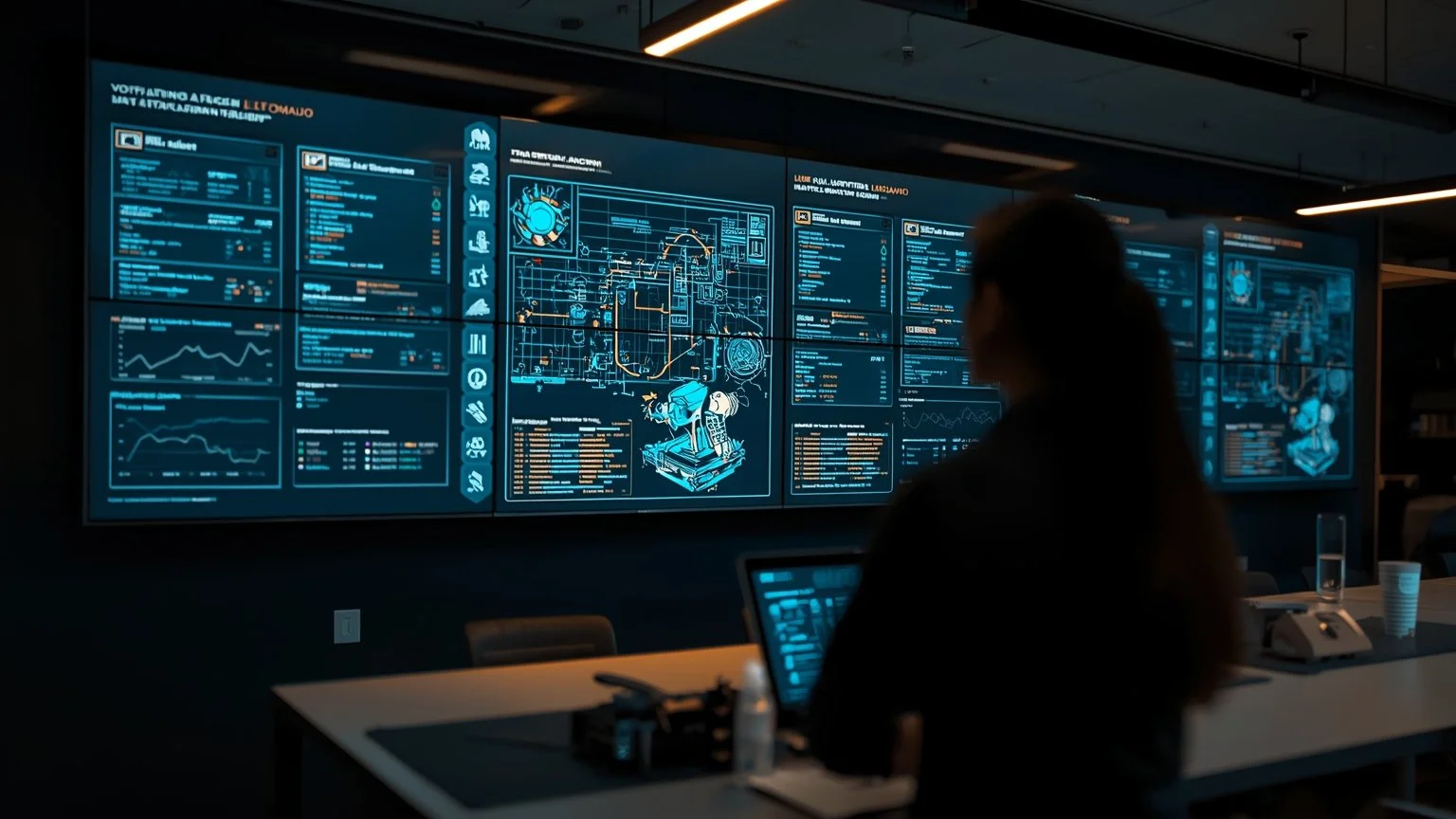Intelligent discovery paves the way for agile automation
The convergence between process mining and robotic automation captures attention by revealing how artificial intelligence drives the effective identification of flows amenable to automation, generating immediate interest by describing tangible benefits in operational efficiency and accuracy.
Attention: AI optimizes the detection of key processes
The innovation highlighted shows that AI-driven process identification makes it possible to quickly identify relevant workflows for automation. This amazing capability creates the need for more agile solutions by improving accuracy in task selection and eliminating time-consuming manual analysis.
Interest: greater precision and speed of implementation
Integrating process mining with RPA enables faster time to value by including automatic process simulation and visualization. By combining automatic discovery of how processes actually run with modeling and simulation capabilities, organizations can validate changes and estimate impacts before deploying automations, accelerating benefits and reducing risks.
Establishes a solid foundation of aspiration: provides an analytical and reproducible basis for setting automation targets and measuring progress with objective metrics.
It demonstrates how to prioritize the procedures that have the greatest impact: mining identifies candidate processes and, using criteria such as frequency, cost, cycle time and error rate, the simulation allows the expected return to be evaluated.
Minimizes errors before and during implementation: visualization and testing in simulated environments uncovers exceptions, variations and failure points, allowing them to be corrected before deployment.
Streamlines effective implementation and ROI: by correctly prioritizing and validating automations with real data, rework is reduced, deployment is accelerated, and operational adoption and ongoing monitoring is facilitated.
Desire and Action: effective and scalable automation
The projected outlook suggests action, as the implementation of these technologies ensures a palpable return on investment. Project experience shows that, when properly planned and implemented, the combination of efficiency improvements, error reduction, and process acceleration can pay back the investment in short time frames and generate recurring benefits.
The conjunction of RPA, AI and process mining enhance complementary capabilities: RPA automates repetitive tasks, AI provides decision making and cognitive processing, and process mining identifies bottlenecks and optimization opportunities.
Thanks to these technologies, it is possible to observe, modify and extend automations in an agile manner through real-time monitoring, continuous testing, and iterative deployments that allow rules and models to be adjusted without paralyzing operations.
This favors the creation of Centers of Excellence (CoE) that centralize governance, standards, training and reuse of components, ensuring best practices and accelerating adoption in different areas of the organization.
Overall, automation is facilitated to evolve in a sustainable way: with clear metrics (KPIs), change management, model and bot maintenance, and scaling plans that ensure continuity, compliance and maximization of ROI over the long term.
The combination of process mining and artificial intelligence with RPA generates interest in changing operations by providing specific improvements in terms of speed, accuracy and scalability. The proposal suggests adopting this perspective with the objective of progressing more efficiently and strategically towards improved automation.






